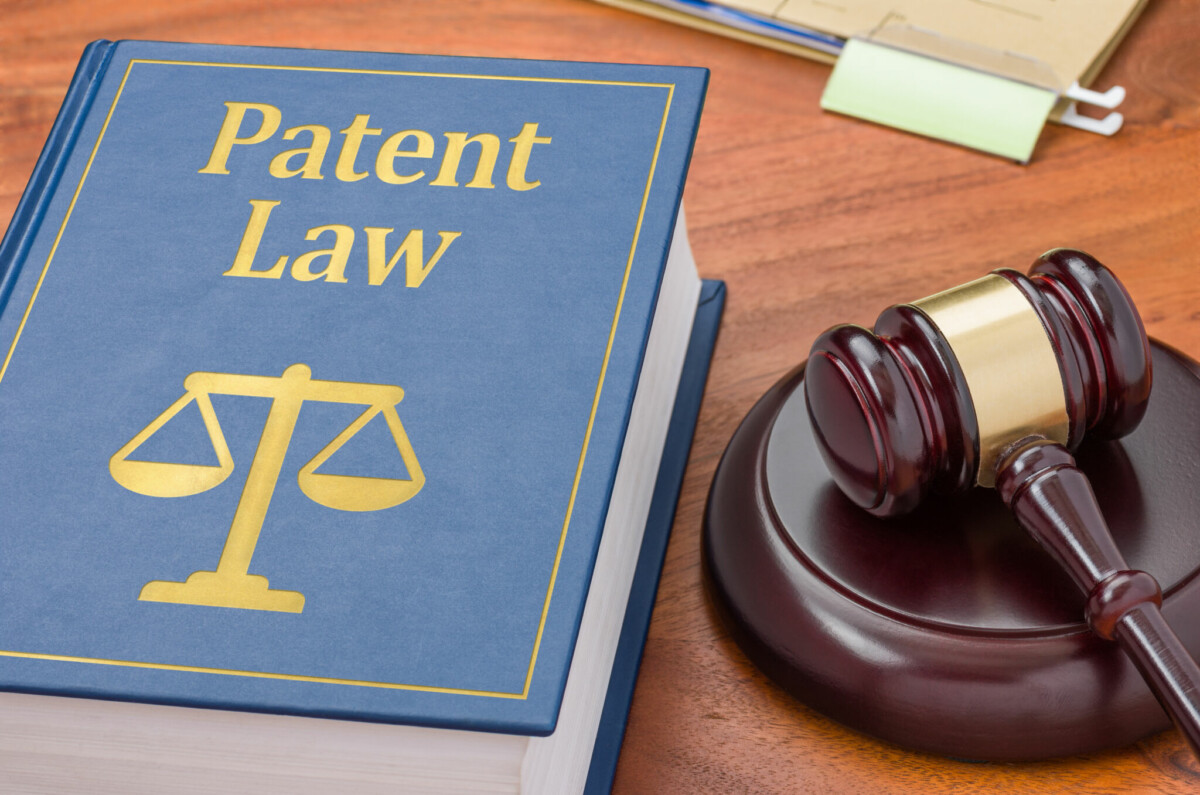
Safeguarding one’s intellectual creations has never been more essential. Enter the realm of patents – a sphere where inventors secure their inventive rights. But, navigating this intricate world can be bewildering. That’s where a patent attorney leaps into action. These professionals bridge the gap between a brilliant idea and its legal protection. Dive with us into the mesmerizing universe of patents and the essential guardians of this domain: patent attorneys.
The Vital Role of an Attorney
Patent attorneys stand as gatekeepers between an invention and its legal recognition. These legal experts not only understand the nuances of patent laws but also have a firm grasp of technological innovations. They facilitate the process by which an invention receives a patent, ensuring that the rights of the inventor are protected against any potential infringement.
Their role isn’t merely restricted to securing a patent. These stalwarts also play a pivotal role in defending an existing patent against potential infringers, offering legal advice, and assisting in licensing negotiations. With their expertise, they demystify the labyrinth of laws, ensuring inventors can focus on what they do best – innovating. If you are struggling to find the right person to help you, patent attorney finder has you covered.
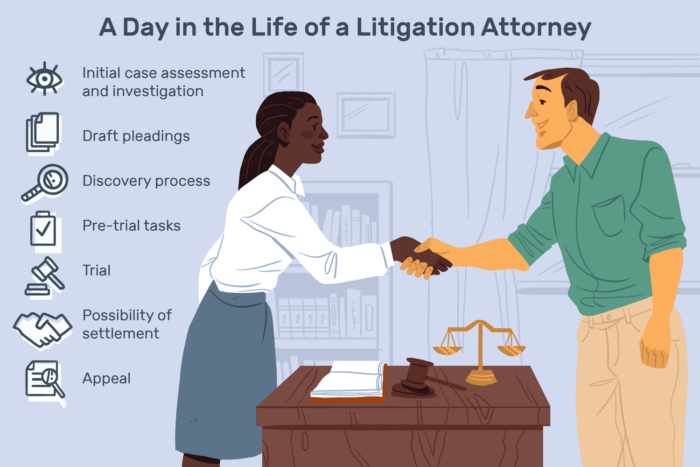
Qualifications and Expertise
To become a maestro in the patent domain, a legal professional undergoes rigorous training. Typically, they have a strong background in science or engineering, which equips them to understand the technical intricacies of inventions. This blend of technological and legal expertise ensures they can adequately represent an inventor’s interests.
Beyond their academic background, lawyers complete specialized legal training, focusing primarily on intellectual property (IP) rights. Only after passing stringent exams can they represent clients before the patent office. So, when you collaborate with an attorney, you’re not just hiring a lawyer; you’re engaging with someone who understands both the science behind your invention and the legal avenues to protect it.
Initial Consultation and Assessment
When you first engage with a patent attorney, it’s crucial to undergo a thorough evaluation of your invention. This initial consultation serves as a platform to gauge the patentability of your idea. The attorney will dissect its unique features, potential market value, and how it distinguishes itself from existing innovations.
After this preliminary assessment, the attorney will advise on the viability of obtaining a patent. This phase is vital, as it helps to discern whether the time, effort, and resources dedicated to the patenting process will yield a favorable outcome. Remember, not every great idea can be patented; it needs to fulfill specific criteria.

Search and Prior Art Analysis
Once an inventor decides to move forward, the attorney dives deep into databases, journals, and existing patents. This exploration aims to identify if a similar invention or “prior art” already exists. An exhaustive search is paramount because any pre-existing invention can hinder the patenting process.
Post this in-depth investigation, the attorney deciphers the findings and provides insights into any potential hurdles. By doing so, they preemptively address issues, ensuring a smoother patent application journey. In a sense, this search acts as a litmus test, determining the likelihood of a patent’s approval.
Drafting and Filing Applications
Crafting a patent application is no ordinary task. It demands precision, clarity, and a deep understanding of both the invention and law. The attorney meticulously describes the invention, ensuring every nuance and innovation is captured. This documentation serves as the blueprint, defining the scope of protection the patent offers.
Post-drafting, the application is filed with the office. But, this isn’t a mere submission. It’s the first step in a series of interactions with patent examiners. The attorney ensures that the application adheres to all procedural requirements, minimizing the chances of rejection.
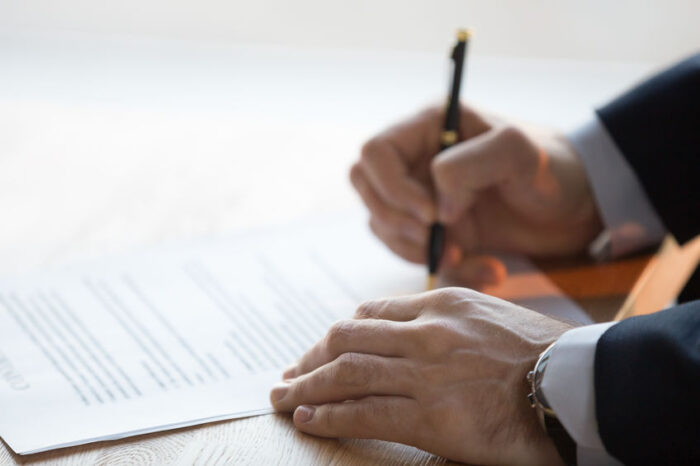
Navigating Office Procedures
After filing, the application undergoes rigorous scrutiny by the office. This examination process evaluates the invention’s novelty, utility, and non-obviousness. Patent attorneys, with their wealth of experience, can anticipate queries, concerns, and objections that might arise.
The journey doesn’t end with the initial submission. Often, the patent office may request clarifications or raise concerns. Here, the attorney’s role transforms from a passive presenter to an active negotiator, ensuring that the office understands and appreciates the invention’s uniqueness.
Responding to Office Actions
It’s common for the patent office to revert to “office actions” – official communications highlighting concerns or seeking clarifications. These aren’t mere roadblocks but pivotal junctures that can make or break an application. A seasoned attorney crafts responses that address these concerns, further illuminating the invention’s patent worthiness.
Addressing these queries demands more than just legal prowess; it requires a deep understanding of the invention itself. Attorneys, equipped with their dual expertise, deftly navigate these challenges, maximizing the chances of a favorable outcome.
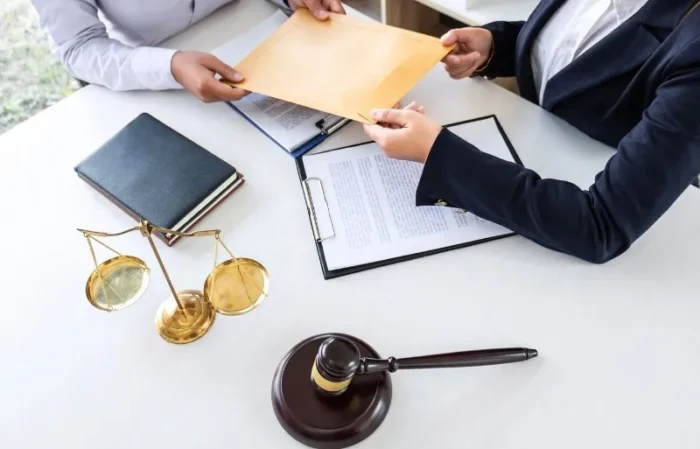
Prosecution and Communication
Securing a patent isn’t a solitary endeavor. It’s a collaborative dance between the inventor, the attorney, and the office. The term “patent prosecution” encompasses this collaborative journey. It involves consistent communication, addressing concerns, and advocating for the invention’s patentability.
But, it’s not just about relentless advocacy. It’s about striking a balance. Patent attorneys, with their adept communication skills, ensure that while the inventor’s rights are safeguarded, the office’s concerns are addressed. This equilibrium increases the odds of a successful grant.
Enforcing and Defending Patents
With a patent secured, the journey doesn’t end. Now, the inventor possesses exclusive rights to their creation. But, these rights are only as strong as their enforcement. A patent attorney wears the dual hats of a guardian and a defender, ensuring that no unauthorized entity infringes upon these rights.
Yet, in a world brimming with innovation, disputes are inevitable. When challenged, patent attorneys defend the patent’s legitimacy, ensuring that the inventor’s hard work doesn’t go unrecognized. They stand at the forefront, ensuring that intellectual property remains both a shield and a sword.
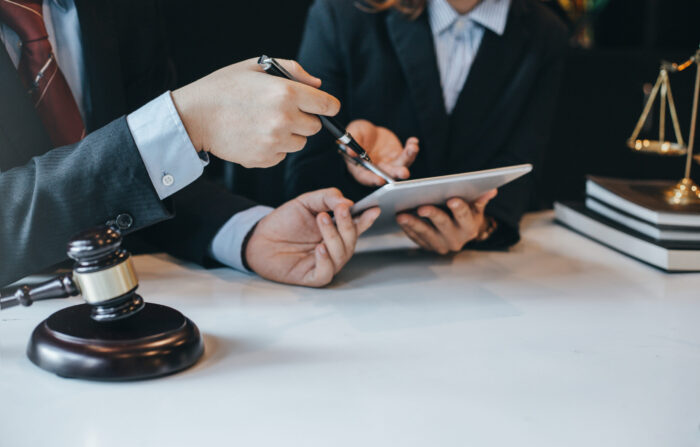
Final Thoughts
In the intricate dance of innovation and rights protection, attorneys serve as the choreographers. They ensure that each step, from conceptualization to protection, is executed with precision. As we embrace an era of unparalleled innovation, these guardians play an indispensable role, transforming flashes of genius into legally protected masterpieces. For every inventor with a vision, a patent attorney is a beacon that illuminates the path to rightful recognition.
















